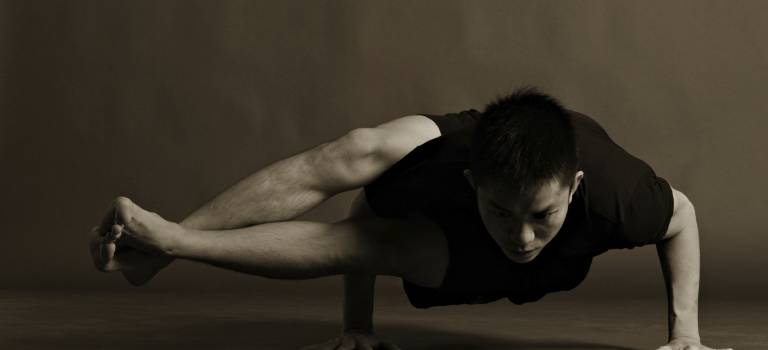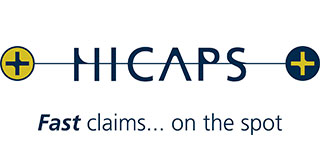So What Is Core?
You may have heard me discussing core. Today I hope to explain this in a little more detail. Years ago, it dawned on me that through Osteopathy, I had the ability to put” things” in place but what holds them there? Why do people have similar patterns of presentation in their spine and muscle development, a week, a month a year or longer after I have seen them last?
My understanding is that we all have areas of weakness or vulnerability for a variety of reasons, accidents, postural habits etc. These often remain through phases of our lives.
The “core” as it is commonly known, is a group of abdominal muscles that wrap around our belly button region and attach into our back, a corset, if you will.
Theory Of Core Muscles
There are 4 main muscle groups considered:
TRANVERSUS ABDOMINUS (TA) – The deepest of all the abdominal muscles lying under the oblique abdominals and rectus abdominus (the 6-pack muscle!) It is this muscle that is considered to be the corset of muscle providing stability. It connects to the individual vertebrae of the lower (lumbar) spine and wraps right around each side to meet in the midline of the front of the abdomen. When contracted it functions to both increase the pressure inside the abdomen and pull tightly on the vertebrae themselves to provide exceptional stability to the spine
MULTIFIDIS – This deep back muscle lies on either side of the spine and again connects to each individual lumbar vertebrae (lower back).It functions in extending (bending back) the spine as well as being an essential postural muscle keeping the spine upright.
DIAPHRAGM – the primary muscle for breathing, the domed diaphragm provides the top of the cylinder core. (the lid) When the Transversus Abdominus contracts, the diaphragm tightens to maintain pressure in the abdomen and so provides stability to the spine.
PELVIC FLOOR -Famous among pregnant women, the pelvic floor muscles provide a sling running from back to front, from the bottom tip of the spine (the tail bone) to the front of the pelvis. It contracts simultaneously with the transverse abdominus to form the bottom of the cylinder of muscles. When all these muscles contract together they keep the spine in its most stable position (the neutral zone), and aid in preventing injury. They are known to contract prior to any limb (arm or leg) movement and so they function in keeping the centre, or core of the body rigid during all movement. Recent evidence has found that in people with lower back pain, these muscles fail to contract before limb movement and so the spine is vulnerable to injury. Thus, retraining these muscles to contract at the right time is the fundamental theory of core stability. Hence, this discovery has placed upon us a new methodology of managing Lower back pain, problem is, it requires persistence over a period of time and specific activation to work effectively.
Pilates and yoga can often target these muscles, however, I feel one on one consultation with a professional who can guide you in the activation is required first. This is because it is such a subtle movement, normally, we do too much and need to regress the activation until it becomes more specific. Frequent activation is required as this has been found to be the most effective way to build up the function of this particular muscle group.
Once independant core contraction is established, I often tell people to begin to turn on “the core” during various activities through the day to develop the habit of using them regularly. Getting out of the car, leaning over the sink, bending, lifting, raising leg to put on a sock etc.









